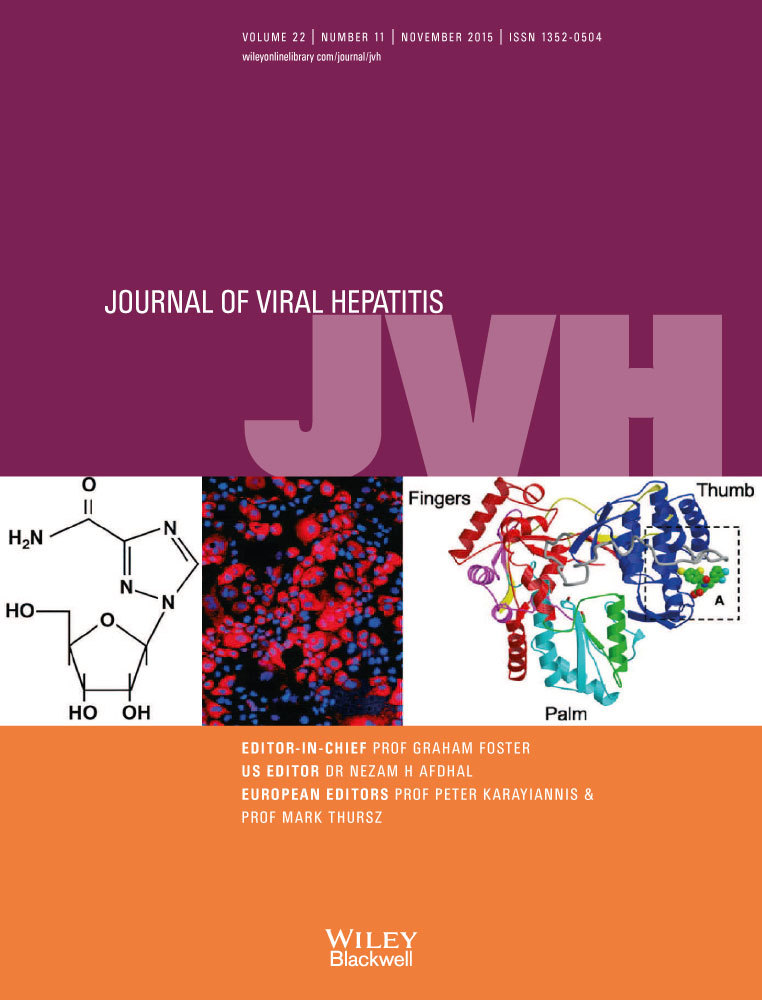An outbreak of hepatitis E in an urban area of Bangladesh
Summary
We investigated an outbreak of jaundice in urban Bangladesh in 2010 to examine the cause and risk factors and assess the diagnostic utility of commercial assays. We classified municipal residents reporting jaundice during the preceding 4 weeks as probable hepatitis E cases and their neighbours without jaundice in the previous 6 months as probable controls. We tested the sera collected from probable cases and probable controls for IgM anti-hepatitis E virus (HEV), and the IgM-negative sera for IgG anti-HEV using a commercial assay locally. We retested the IgM-positive sera for both IgM and IgG anti-HEV using another assay at the Centre for Disease Control and Prevention (CDC), USA. Probable cases positive for IgM anti-HEV were confirmed cases; probable controls negative for both IgM and IgG anti-HEV were confirmed controls. We explored the local water supply and sanitation infrastructure and tested for bacterial concentration of water samples. Probable cases were more likely than probable controls to drink tap water (adjusted odds ratio: 3.4; 95% CI: 1.2–9.2). Fifty-eight percentage (36/62) of the case sera were IgM anti-HEV positive; and 75% of the IgM-positive samples were confirmed positive on retesting with another assay at CDC. Compared to confirmed controls, cases confirmed using either or both assays also identified drinking tap water as the risk factor. Two tap water samples had detectable thermotolerant coliforms. Research exploring decentralized water treatment technologies for sustainable safe water might prevent HEV transmission in resource-poor cities. Detection of serological markers in a majority of probable cases implied that available diagnostic assays could adequately identify HEV infection during outbreaks.




